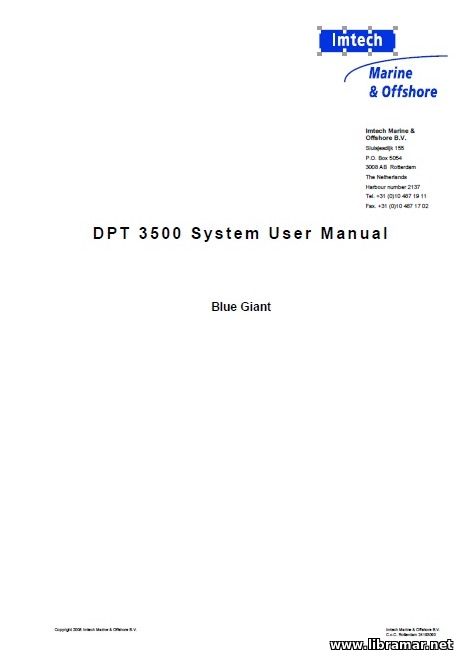PARALLEL INDEXING TECHNIQUES

| Author(s) | I. Smith, R. A. Mulroney |
| Publisher | Warsash Publishing |
| Date | 1979 |
| Pages | 48 |
| Format | |
| Size | 1 Mb |
| D O W N L O A D | |
The authors have decided against updating its contents since the fundamental theoretical principles of Parallel Indexing don't change with time. Nowadays, many marine navigators are still not utilizing the Parallel Indexing technique to monitor their ship's progress and their ship is going aground simply because the bridge team doesn't know the exact and correct position of the ship at all stages of the navigational passages.
And the vast majority of the modern rasterscan radar/ARPA displays have electronic parallel indexing lines available for use, similar to the type described in Annex 3. Unfortunately we have already had GPS assisted groundings due to inability of the navigators to correct the GPS displayed position using the datum corrections required before plotting the corrected position on the chart A.
Jet fighter pilot recently said that the major problem with GPS is that I know where my aircraft is, but where is the position of the airfield? Thus Parallel Indexing used in conjunction with keeping a due visual lookout supplemented with the various electronic navigational aids that are readily available, will continue for future years to provide the prudent navigator with that critically important piece of practical navigational information, the position of the vessel now.
The "Read Later" function allows you to add material to this block with just one click. Just click on the icon and read the articles that interest you at any convenient time.


